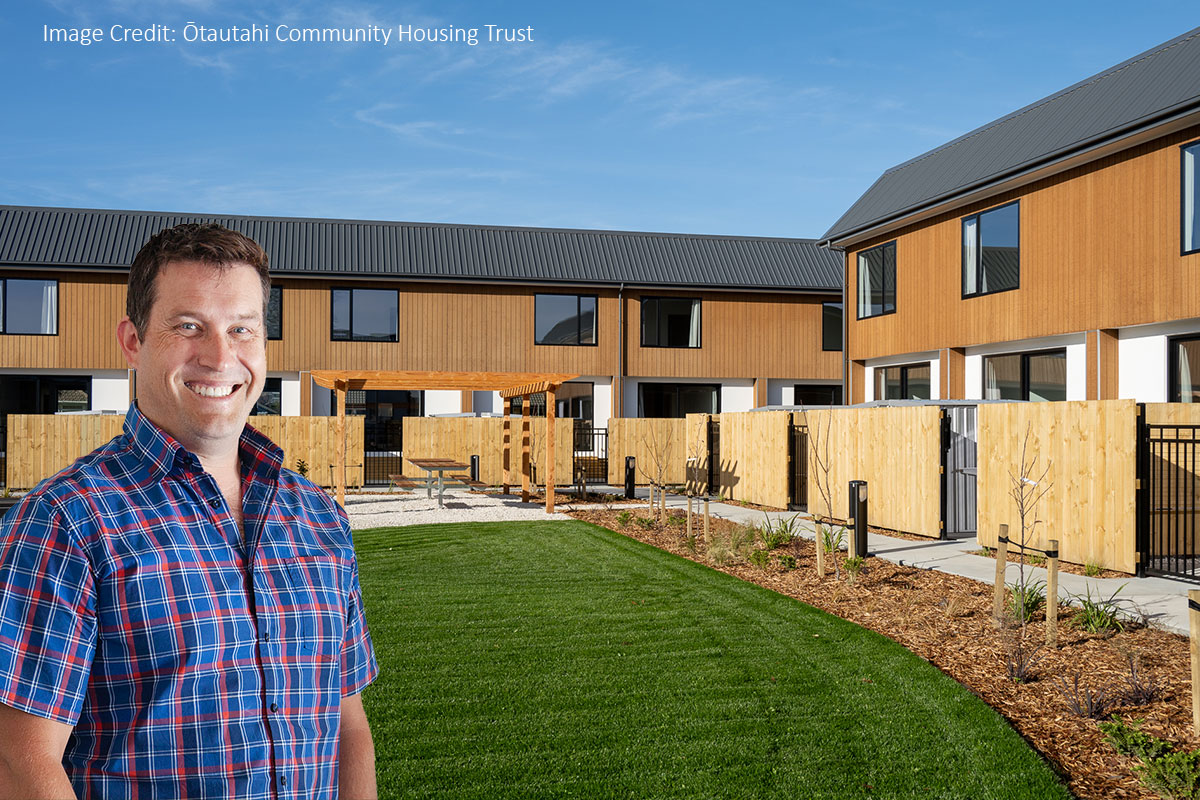Unlocking the Secrets of New Zealand’s Highly Productive Land: A Path to Sustainable Growth. The National Policy Statement on Highly Productive Land (NPS-HPL), what does it mean for you.
Do you own you own slice of paradise, or are you looking to secure rural land, for a development, subdivision, or a farm extension. If you do, it is important to be aware of whether it is classed as highly productive land (HPL) as this may affect any future plans for the land you may have.
The landscape of rural land ownership in New Zealand underwent a significant shift late last year. These changes might not only alter your plans but also impact your resource acquisition strategies. A strong national direction to avoid rezoning, subdivision, or non-rural use of HPL, with a narrow band of exceptions – is arguably the most directive (and restrictive) national policy statement that we have.
Picture this: sweeping landscapes of fertile soil, thriving farms, and bountiful harvests. This isn’t just picturesque scenery; it’s the backbone of New Zealand’s food and fiber production. However, there’s a new player in town. On September 18, 2022, the Environment and Ministry for Primary Industries introduced the NPS-HPL. This policy aims to safeguard these precious soils from inappropriate use, development, and fragmentation. It’s essentially about ensuring that the heart of New Zealand’s agricultural heritage continues to beat strong.
As our society evolves, so do our needs. The rising population, technological advancements, and shifting dynamics led to urban expansion into rural areas. To accommodate the growing population, urban development began intertwining with rural landscapes. With the NPS – HPL unless your plans are farm-related, subdivision and use of HP, it just got a whole lot tougher. There are some limited pathways through, but they need to be approached with care and on a case-by-case basis ” Our Land 2018″ Published by the Ministry for the Environment and Stats New Zealand paints a vivid picture – between 1990 and 2008, nearly a third of new urban zones encroached on our versatile lands. By 2013, lifestyle blocks had carved out a 10% niche on these prized lands.
In response to these transformations, the Ministry for the Environment and the Ministry for Primary Industries collaborated to craft the NPS-HPL. But it’s more than a mere policy; it’s a blueprint for nurturing highly productive land’s continued fertility. Comprising of one overarching objective and nine policies, the NPS-HPL is built on directives.
Policies 2 and 3 of the NPS-HPL are directive by requiring Councils to:
- Identify highly productive land; and
- Map highly productive land in regional policy statements and district plans.
If you have urban rezoning aspirations, or plans for non-farming activities or new infrastructure, and you think your land is mat be constrained in terms of its agricultural potential then it important for you to be involved in the regional council mapping process over the next couple of years. Councils have until 17 October 2025 to notify maps illustrating the land within its region / city that is to be mapped as highly productive land. Until Councils identify and map highly productive land, the NPS-HPL relies on the Manaaki Whenua Landcare Research Land Use Capability System to categorise land into 1 of the 8 LUC Classes. LUC Class 1 is the “most versatile multiple-use land, minimal limitations” and LUC Class 8 has “very severe to extreme limitations to all productive land uses”.
Now, let’s delve into the specifics. Highly productive land isn’t a mere term; it’s a carefully defined concept.
The NPS-HPL states that highly productive land is, any land that:
- is in a general rural zone or rural production zone;
- is predominantly LUC 1, 2, or 3 land;
- forms a large and geographically cohesive area;
- is not identified for future urban development; and
- is not subject to a Council initiated, or an adopted, notified plan change to rezone it from general rural or rural production to urban or rural lifestyle.
In addition to the criteria above, land which is not LUC 1, 2, or 3 can be defined has highly productive land if it:
- is in a general rural zone or a rural production zone; and
- is or has the potential to be (based on current uses of similar land in the region), highly productive for land-based primary production in that region, having regard to the soil type, physical characteristics of the land and soil, and climate of the area.
For example, think of land in Central Otago that is zoned, general rural or a rural production, and classified as LUC Class 4, which isn’t necessarily considered highly productive, yet its ability to yield top-notch berry fruit earns it the highly productive status.
Enough on the rules, let’s talk impact. The NPS-HPL isn’t just a policy on paper; it became legally binding on October 17, 2022. This means it influences all planning matters involving general rural or rural production zones. Urban rezoning and subdivisions, exercising caution on highly productive land. However, there is some allowance on Highly Productive Land if it aligns with the National Policy Statement on Urban Development 2020, and there may be a path forward.
Intrigued by this and want to know more? We can help.
We are an award-winning planning consultancy, with offices in Ōtautahi (Christchurch), Ōtepoti (Dunedin), Whakatū (Nelson) and Tāmaki Makaurau (Auckland). We have been operating for over 30 years and are proud to say that we offer one of the most experienced planning teams in New Zealand. In relation to the NPS – HPL, Jonathan Clease, a Partner at Planz is well versed on the NPL -HPL and is presenting to the Resource Management Law association on this matter in late August 2023.
Our wider team also have extensive background and knowledge of planning and development throughout the motu and across many sectors. We are team of 15 planners with one of our core strengths laying within the rural sector, primarily in resource planning, policy development and consents, project leading and management.


